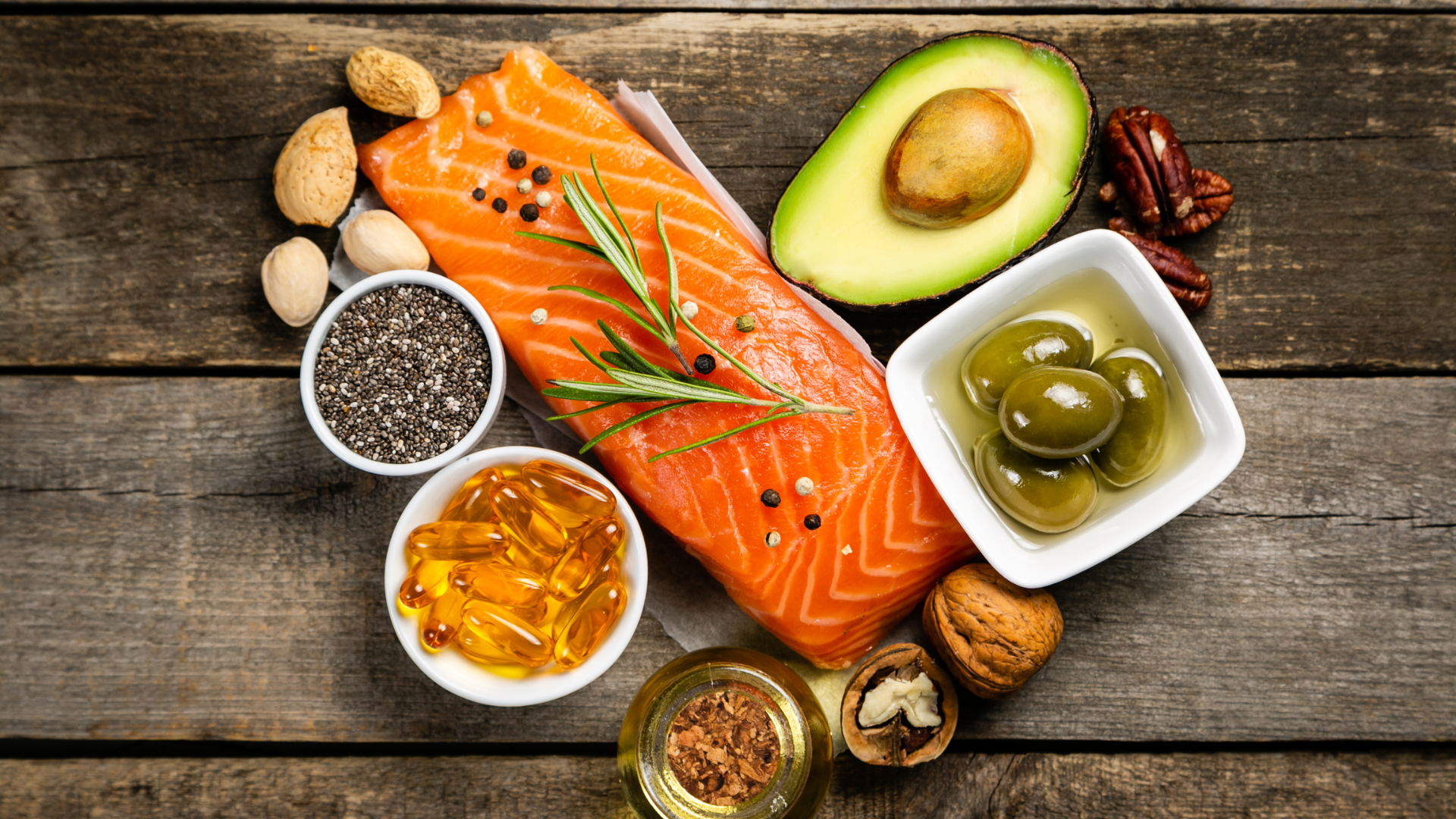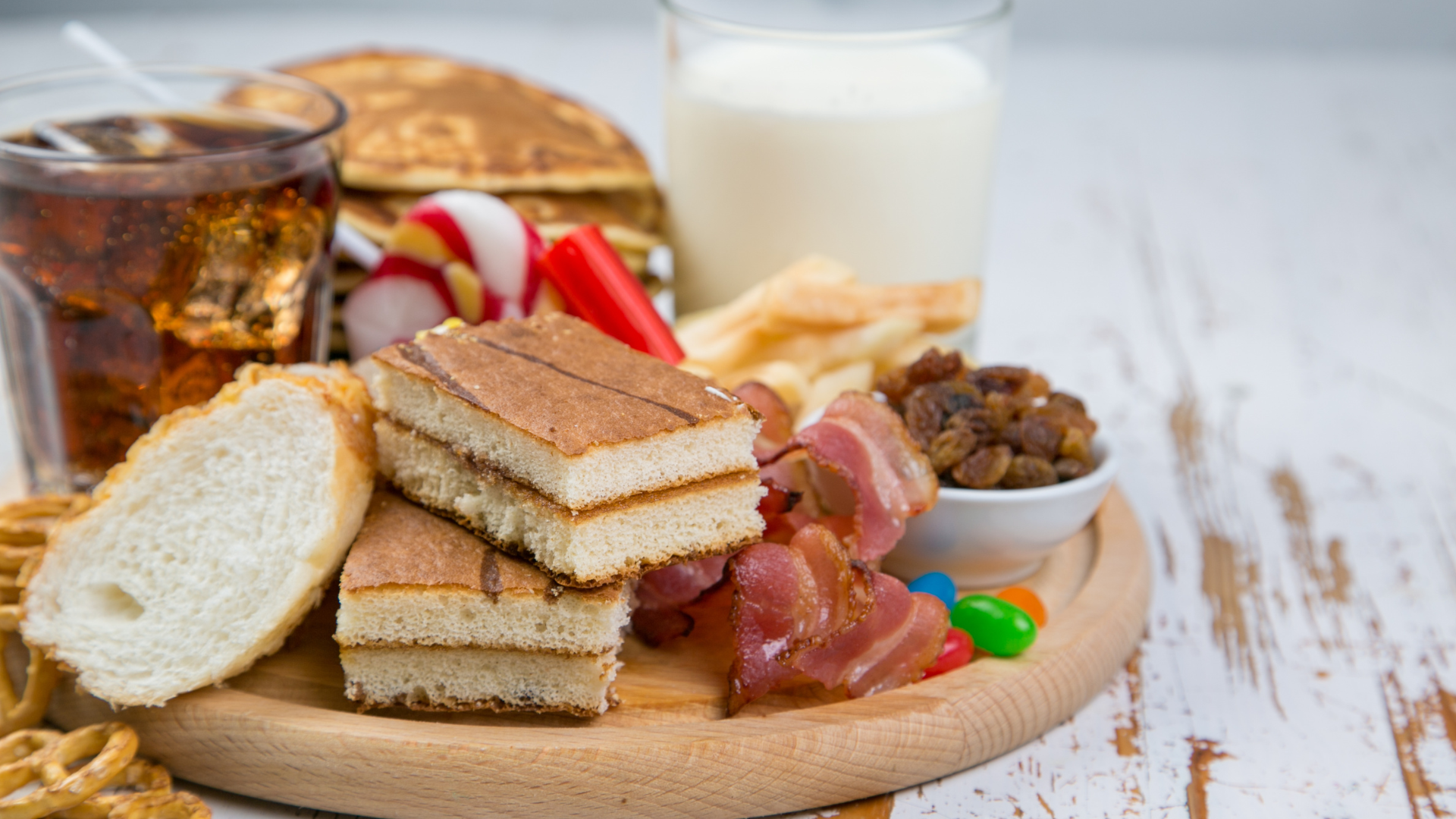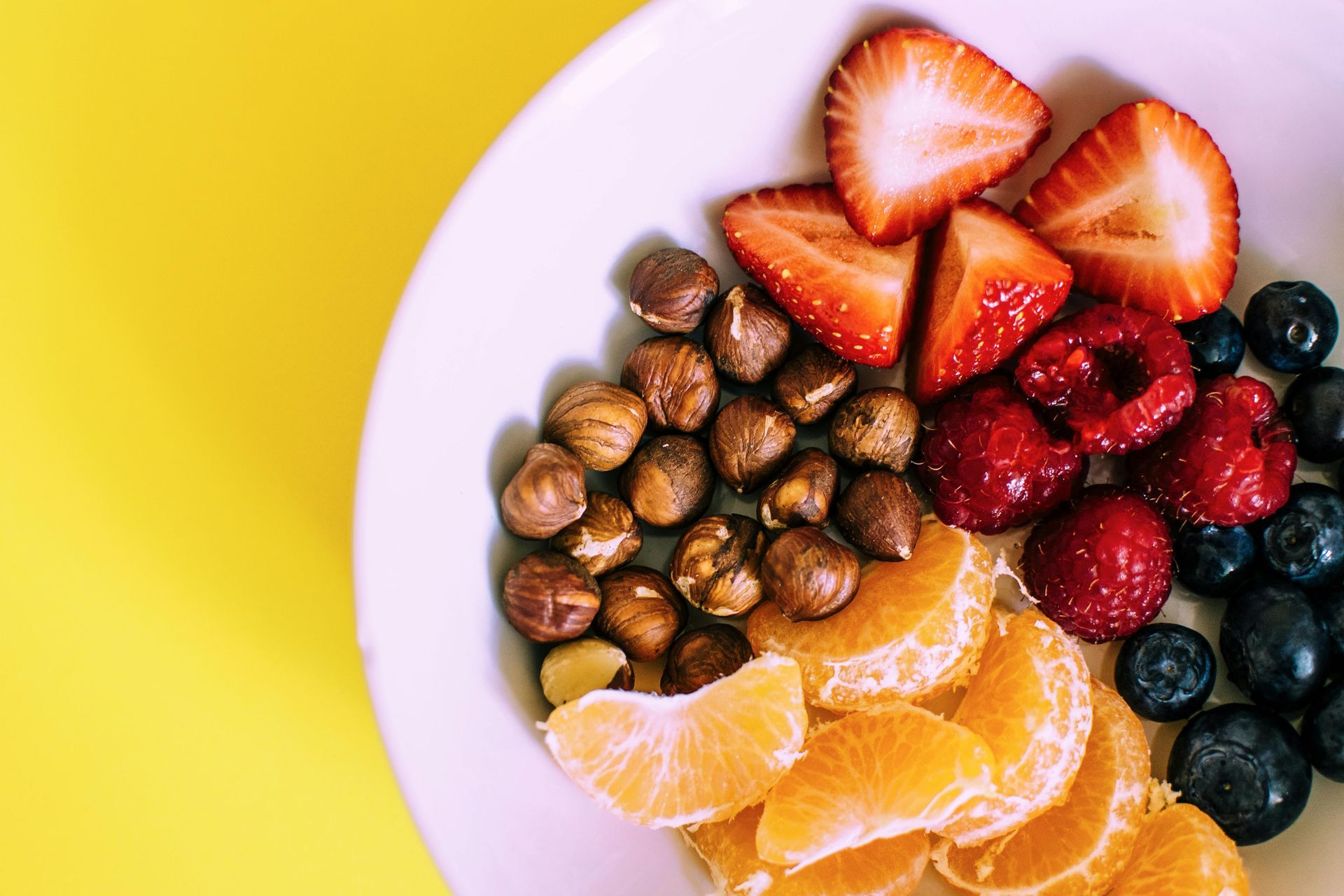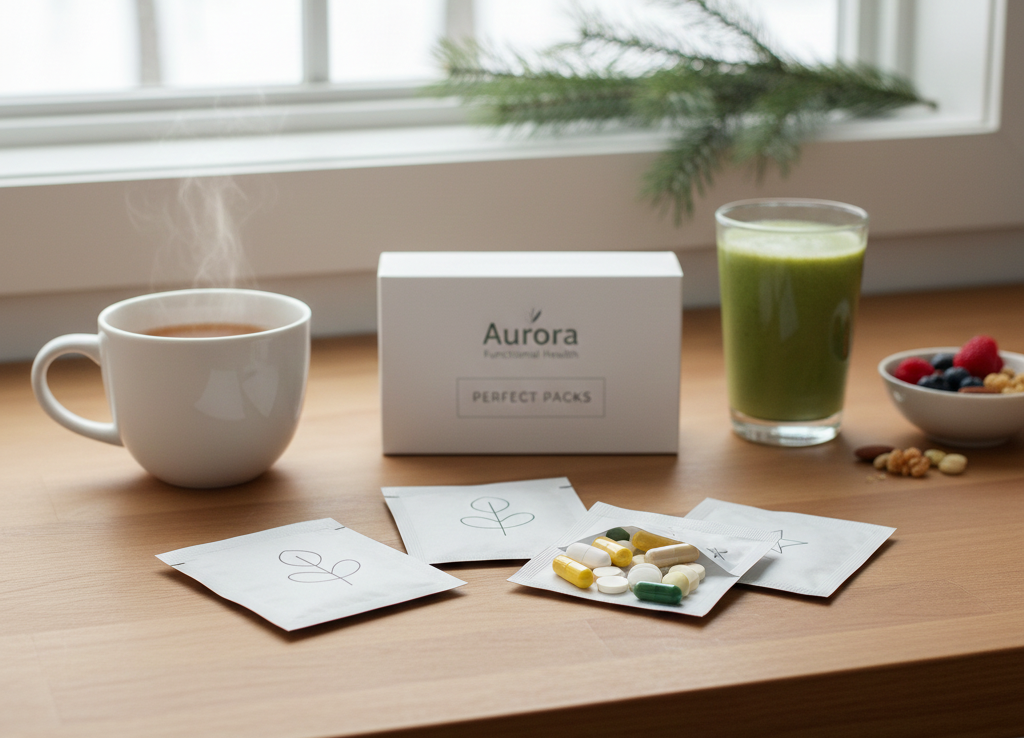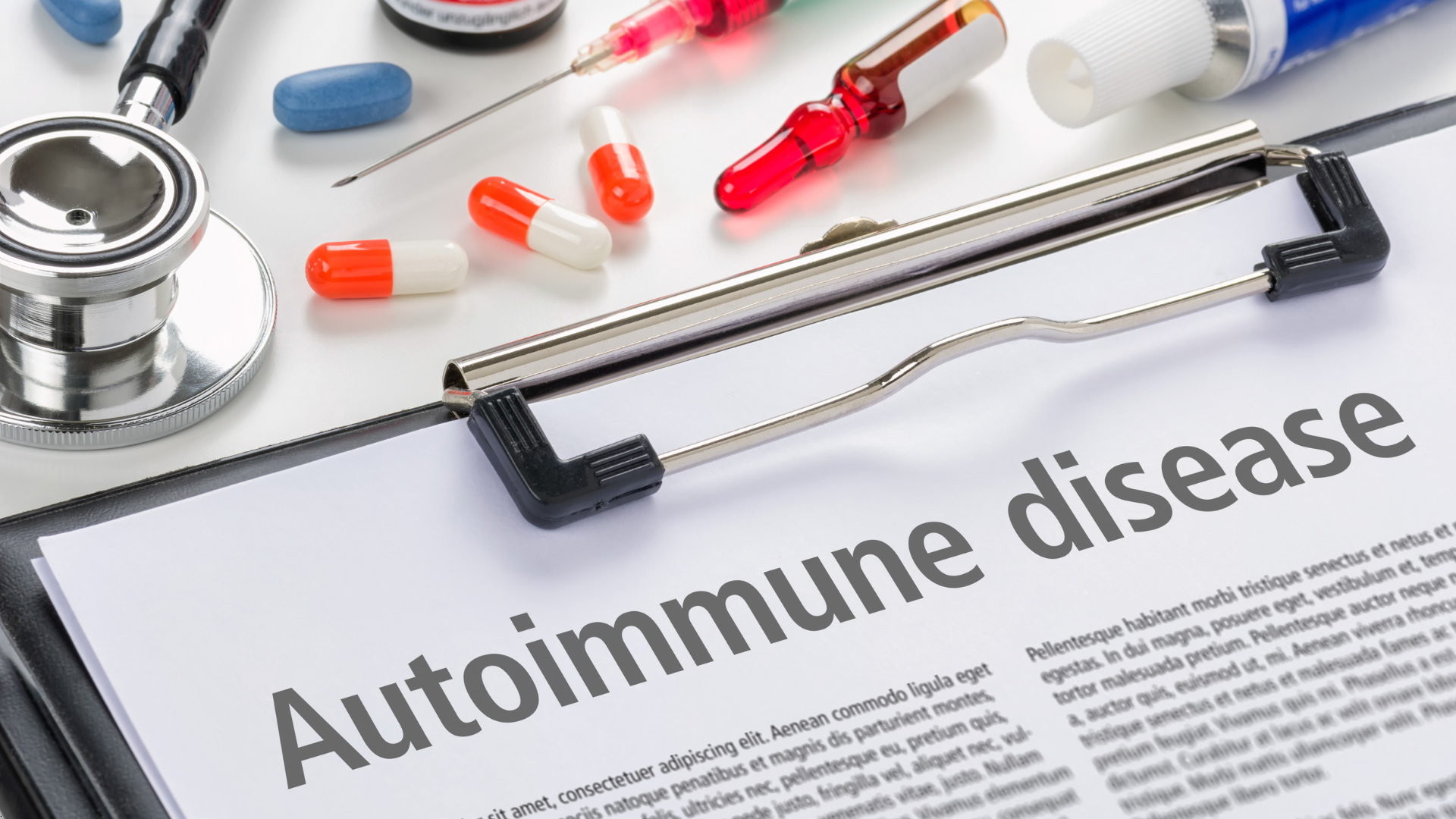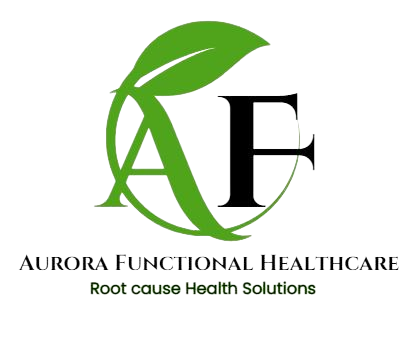Omega-3 fatty acids are known for their potent anti-inflammatory properties. They help reduce joint inflammation and may even protect against cartilage breakdown. Some of the best sources of omega-3s include:
- Fatty fish such as salmon, mackerel, sardines, and trout.
- Flaxseeds and chia seeds, which are plant-based sources of omega-3s.
- Walnuts, which can be an excellent snack or salad topping.
Aim to include at least two servings of fatty fish in your weekly diet, or consider supplementing with omega-3 capsules if you don’t consume fish.
Antioxidant-Rich Fruits and Vegetables
Antioxidants fight free radicals, which can contribute to inflammation and pain in the body. Fruits and vegetables rich in antioxidants can help protect the body’s tissues and joints from damage. Some powerful options include:
- Berries such as blueberries, strawberries, and cherries are packed with antioxidants and can help reduce inflammation.
- Leafy greens like spinach, kale, and Swiss chard are excellent sources of vitamins and minerals, including vitamin K, which plays a role in joint health.
- Cruciferous vegetables such as broccoli, cauliflower, and Brussels sprouts contain compounds that help protect against inflammation.
Incorporating a colorful variety of fruits and vegetables into your meals will ensure you're getting a broad range of antioxidants and essential nutrients.
Olive Oil: A Source of Healthy Fat
Extra virgin olive oil is rich in oleocanthal, a compound that has been shown to reduce inflammation in the same way that nonsteroidal anti-inflammatory drugs (NSAIDs) work. Olive oil is also high in heart-healthy monounsaturated fats, making it an excellent addition to any arthritis-friendly diet.
Use olive oil for cooking, drizzle it over salads, or mix it into sauces for a tasty anti-inflammatory boost.
Turmeric and Ginger: Natural Pain Relievers
Turmeric contains curcumin, a powerful compound with anti-inflammatory and antioxidant properties. Studies have shown that curcumin can help reduce pain and improve joint function in people with arthritis. Pairing turmeric with black pepper can increase its absorption and effectiveness.
Similarly, ginger has been shown to reduce inflammation and may help alleviate pain and stiffness. Both turmeric and ginger can be added to smoothies, teas, or dishes like stir-fries and soups.
GF Whole Grains: A Better Source of Fiber
Whole grains such as brown rice, quinoa, and oats are high in fiber, which can help reduce inflammation. In contrast, refined grains such as white bread and pasta can promote inflammation in the body. Fiber also supports digestive health, which is important for overall well-being.
Switching to GF whole grains can help improve your gut health, support weight management, and reduce joint inflammation.
Just as certain foods can reduce inflammation, others can exacerbate arthritis symptoms. To manage your condition effectively, it’s best to limit or avoid the following:
Processed and Sugary Foods
Foods high in sugar, refined carbs, and processed fats can trigger inflammation in the body. These include sugary snacks, soda, fried foods, and processed meats like sausages and hot dogs. High levels of sugar can also lead to obesity, which puts extra strain on the joints and exacerbates arthritis pain.
Red Meat and Processed Meats
Red meat, such as beef and pork, contains high levels of saturated fat, which can increase inflammation. Processed meats like bacon and deli meats are also packed with preservatives and sodium, which can contribute to joint discomfort. Limiting red meat and opting for lean protein sources like chicken, turkey, or plant-based proteins is a healthier choice.
Dairy Products (for some individuals)
Some people with arthritis find that dairy products can exacerbate joint pain, possibly due to the protein casein, which can promote inflammation. If you suspect that dairy might be contributing to your symptoms, try reducing or eliminating it from your diet for a few weeks to see if your symptoms improve.
Nightshade Vegetables (for some individuals)
Nightshade vegetables, such as tomatoes, peppers, eggplants, and potatoes, contain solanine, a compound that may cause joint pain for some individuals. However, not everyone is sensitive to nightshades, so if you suspect they could be triggering your symptoms, try eliminating them from your diet for a short period and monitor your symptoms.
Making thoughtful changes to your diet can play a significant role in managing symptoms. A diet that includes anti-inflammatory foods such as omega-3-rich fish, antioxidant-packed fruits and vegetables, and healthy fats like olive oil can help reduce arthritis pain naturally.
At the same time, it's important to avoid foods that promote inflammation, such as refined sugars, processed meats, and excess dairy. By making these dietary changes and maintaining a healthy weight, you can significantly improve your quality of life and keep your arthritis under control.
Always consult with your healthcare provider before making any major changes to your diet, as they can help guide you on the best foods for your specific condition.
Takeaway Tip:
Start by incorporating just a few anti-inflammatory foods into your daily meals, and over time, gradually reduce your intake of foods that trigger inflammation. With consistency, you'll likely notice improvements in your pain levels and overall joint health.
Alternative Therapies for Arthritis Pain
Arthritis can be debilitating, but there are many alternative therapies that can complement traditional treatments and help manage pain, reduce inflammation, and improve joint function. These therapies may not be a cure, but they can play an essential role in improving quality of life. Below are some of the most effective alternative therapies for arthritis pain:
1. Physical Therapy and Exercise
While not exactly "alternative" in the traditional sense, physical therapy is often an underutilized treatment for arthritis pain. A physical therapist can teach you exercises to improve joint mobility, strength, and flexibility. Regular movement helps prevent stiffness, reduces pain, and improves the overall function of affected joints.
- Water Aerobics: Swimming or doing water aerobics can reduce stress on your joints while providing an effective workout.
- Strengthening exercises: These exercises can help stabilize and support the joints by building the muscles around them.
- Stretching and flexibility exercises: Gentle stretches can help improve joint mobility and reduce stiffness.
2. Acupuncture
Acupuncture, a traditional Chinese medicine practice, involves inserting thin needles into specific points on the body. This practice is believed to stimulate the body’s natural healing mechanisms and release pain-relieving endorphins. Some studies have shown that acupuncture can help reduce arthritis pain and improve joint mobility, particularly for knee osteoarthritis.
3. Massage Therapy
Massage therapy can reduce muscle tension and alleviate pain in joints affected by arthritis. By targeting specific areas of pain, a massage therapist can increase blood flow, promote relaxation, and improve the range of motion in affected joints.
- Swedish massage: A gentle form of massage that can help with relaxation and reducing stress.
- Deep tissue massage: Focuses on deeper muscle layers to relieve chronic muscle tension.
For some people, massage can provide short-term relief from arthritis pain, particularly when combined with other therapies.
4. Mind-Body Techniques: Meditation
Meditation is a holistic therapy that focuses on connecting the mind and body to reduce pain and improve overall well-being. Specific meditation can help improve joint flexibility, strengthen muscles, and reduce stress.
- Mindfulness Meditation: Meditation can help reduce the perception of pain, decrease stress, and improve mood. Learning to focus on your breath and the present moment can shift your attention away from pain and increase emotional well-being.
Meditation can help people manage the mental and emotional aspects of arthritis, such as stress and anxiety.
5. Herbal and Natural Supplements
Several herbal remedies and supplements are thought to have anti-inflammatory properties that could help manage arthritis pain. Always consult with a healthcare provider before adding supplements to your routine, as they may interact with other medications.
- Turmeric (Curcumin): Known for its anti-inflammatory properties, turmeric may help reduce arthritis pain and stiffness. Curcumin, the active compound in turmeric, is believed to reduce inflammation in the body.
- Ginger: Ginger has been shown to reduce pain and inflammation. It can be taken as a tea, supplement, or used fresh in food.
- Boswellia (Frankincense): This herb has been traditionally used to treat joint pain and inflammation. Some studies suggest that it may be effective for osteoarthritis and rheumatoid arthritis.
- Glucosamine and Chondroitin: These supplements are commonly used to help with joint health. They may help reduce pain and improve joint function by supporting cartilage repair.
6. TENS (Transcutaneous Electrical Nerve Stimulation)
TENS is a therapy that uses low-voltage electrical currents to stimulate the nerves and block pain signals. It is applied through electrodes placed on the skin near the painful joints. TENS is believed to provide temporary pain relief by stimulating the release of endorphins, the body’s natural painkillers.
7. Hot and Cold Therapy
Hot and cold treatments can help manage arthritis pain by soothing inflammation, relaxing muscles, and improving circulation.
- Heat therapy (such as warm compresses or heating pads) can help relax muscles, improve circulation, and reduce stiffness. Heat is particularly useful for managing chronic pain and muscle tightness.
- Cold therapy (such as ice packs or cold compresses) can reduce inflammation and numb the area, providing temporary relief from pain and swelling.
A combination of heat and cold therapy can be particularly effective in managing arthritis flare-ups.
8. Chiropractic Care
Chiropractic care involves manual manipulation of the spine and other joints to improve alignment and reduce pain. Some arthritis patients find relief from chiropractic adjustments, particularly for osteoarthritis in the spine, by improving joint function and reducing stiffness. It’s important to consult with a chiropractor who has experience treating arthritis.
9. Dietary Changes
A healthy, balanced diet can play a key role in managing arthritis symptoms. Incorporating anti-inflammatory foods, such as those rich in omega-3 fatty acids, antioxidants, and vitamins, can help reduce joint inflammation. Reducing intake of processed foods, sugars, and unhealthy fats can also help manage inflammation and pain.
Supplements like fish oil or collagen can be added to your diet to further support joint health.
10. Cognitive Behavioral Therapy (CBT)
Chronic pain, like arthritis pain, can be mentally taxing. Cognitive Behavioral Therapy (CBT) is a form of talk therapy that helps individuals change negative thought patterns and behaviors that may contribute to pain. Through CBT, patients can learn pain management techniques, stress-reduction strategies, and how to deal with the emotional effects of chronic pain. This therapy can be particularly helpful in improving mood and reducing the mental burden of living with arthritis.
11. Aromatherapy
Aromatherapy uses essential oils to help relieve pain, reduce stress, and improve mental clarity. Some essential oils, such as lavender, eucalyptus, and peppermint, are known for their anti-inflammatory and pain-relieving properties. Aromatherapy can be applied topically (through massage) or inhaled via a diffuser or steam bath.
12. Prolotherapy and PRP (Platelet-Rich Plasma) Therapy
Prolotherapy is an injection-based treatment that involves injecting a sugar solution into the injured joints to stimulate healing and reduce pain. PRP therapy uses the patient’s own blood, which is processed to concentrate platelets and growth factors, and then injected into the affected joint to encourage tissue repair. Both therapies are considered more advanced and experimental and are typically used when other treatments have not been effective.
Conclusion
Arthritis pain can be challenging to manage, but a variety of alternative therapies may offer relief and improve overall joint function. Combining physical therapy, acupuncture, massage, herbal supplements, and mind-body practices like yoga can be incredibly effective in managing pain and inflammation.
It's important to note that everyone’s experience with arthritis is unique. What works for one person may not work for another, so it’s essential to consult with your healthcare provider before trying any new therapies or supplements. Through a combination of approaches tailored to your needs, you can find a regimen that reduces your arthritis pain and improves your quality of life.






